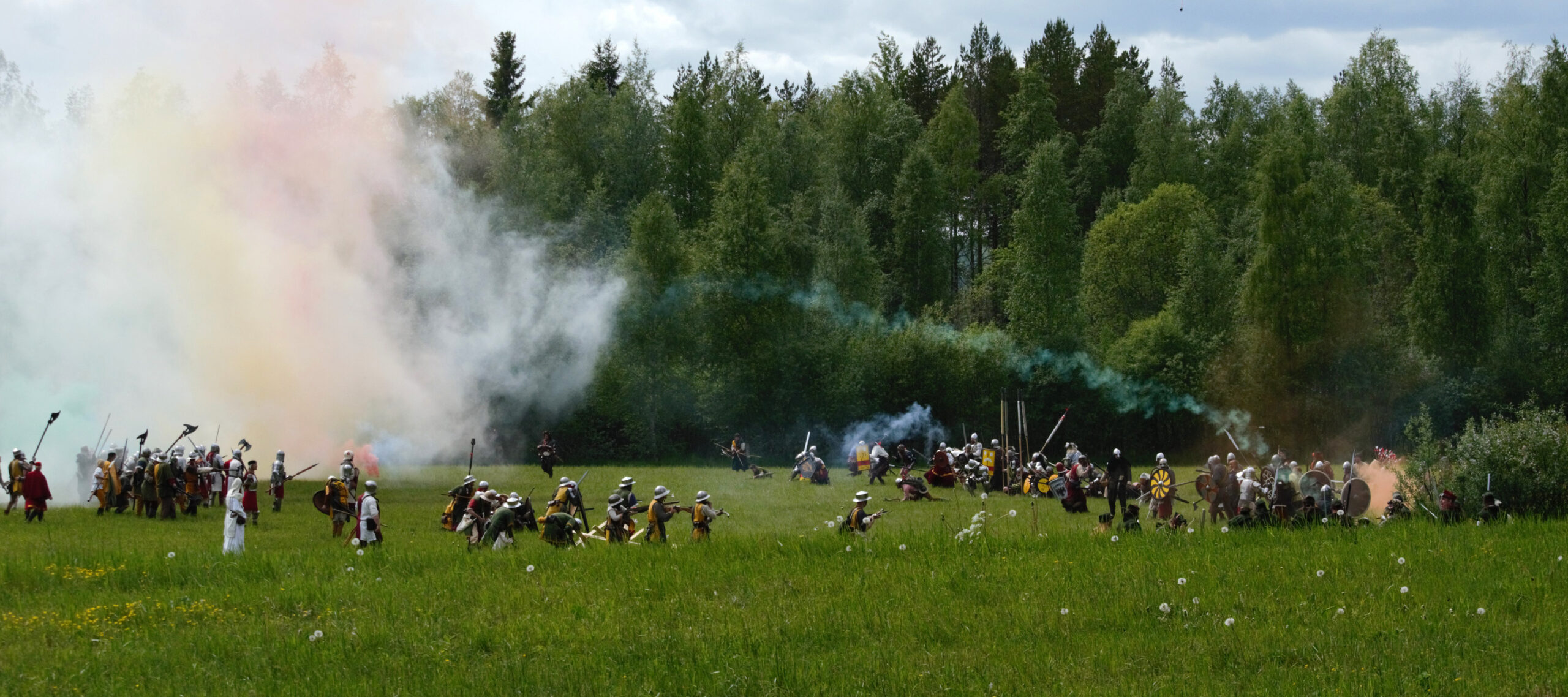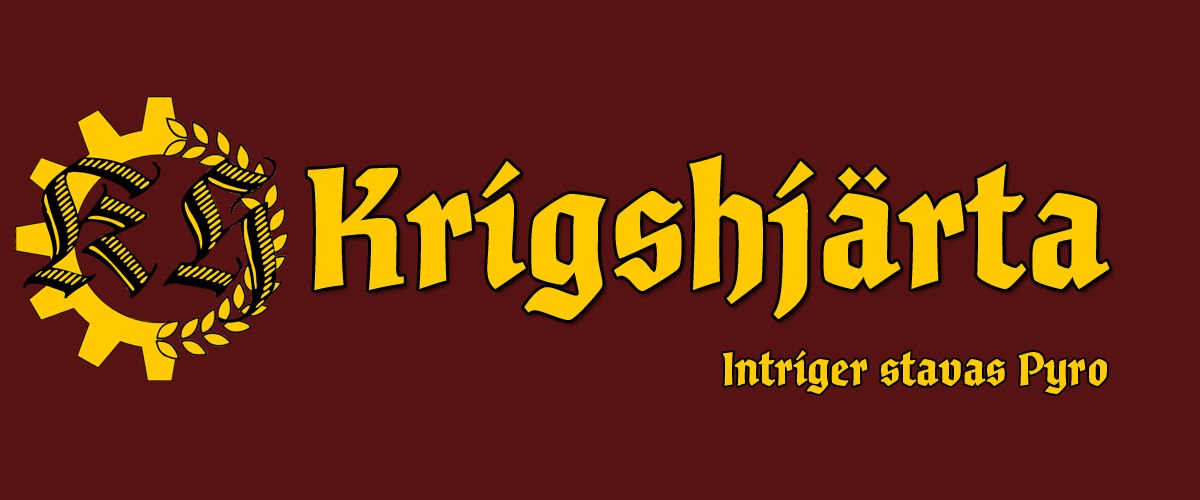Tag: Krigshjärta
-

Documentation of Larp Design
Eight types of design-relevant larp documents with different purposes aimed at distinct audiences.
-

Krigshjärta 7 – The Gamification of Nordic Fantasy Larp
Krigshjärta 7 was the latest addition to the Krigshjärta (Heart of War) campaign, a Swedish war larp campaign that has gained international recognition.
-

Krigshjärta Campaign Trailer
in
Krigshjärta (Heart of War) is a Swedish low fantasy larp campaign centered around a large scale conflict. Though it is combat heavy, it’s quite different from American style combat heavy fantasy larps. Check out their campaign trailer here: Read more on their website (in Swedish): http://krigshjarta.com/